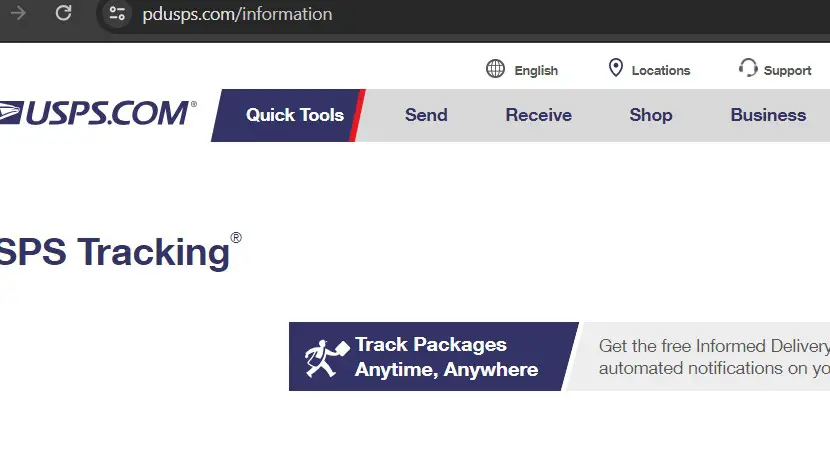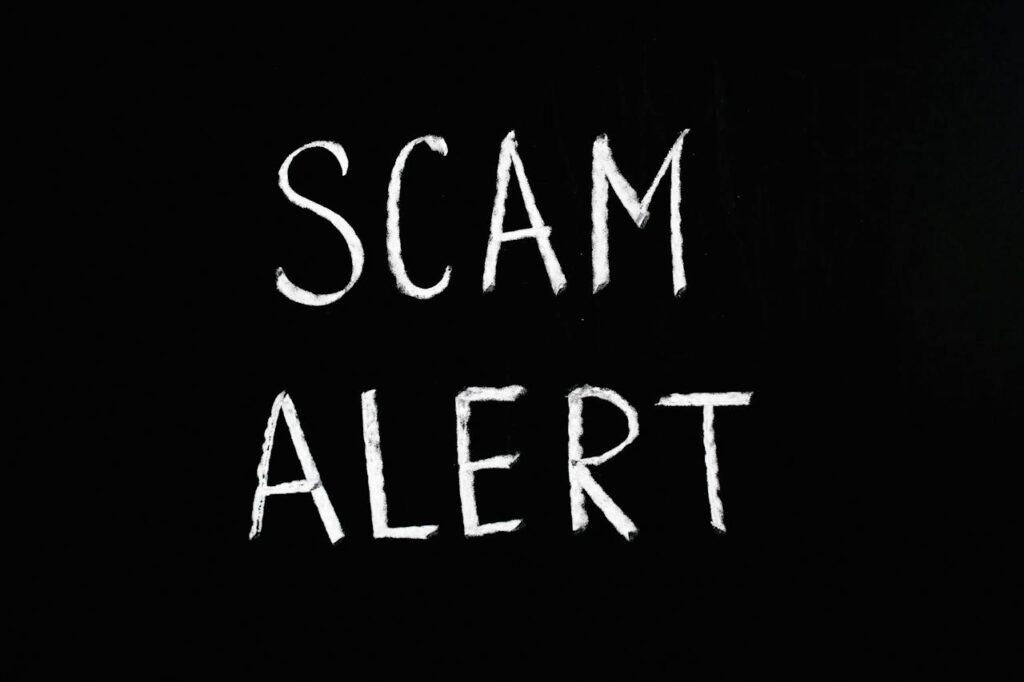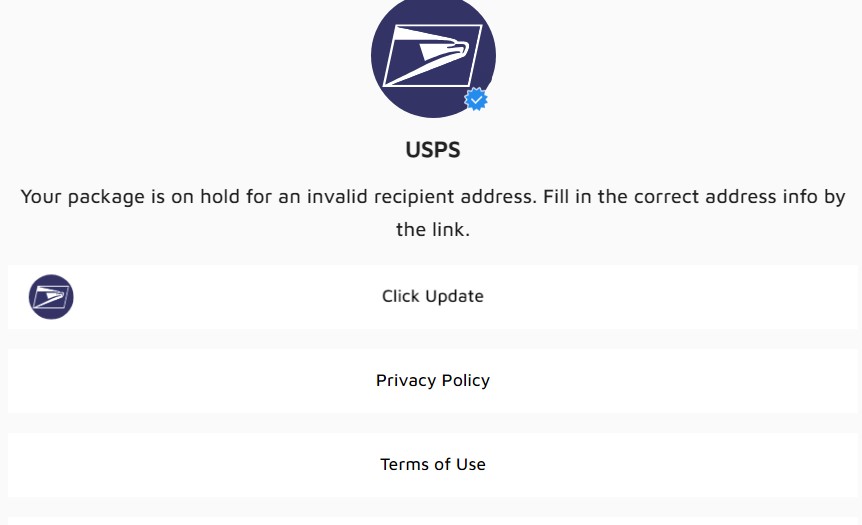Scams have become increasingly sophisticated, leveraging the trusted names of well-known entities like the United States Postal Service (USPS) to deceive people.
A recent example of such a scam is the Pdusps.com Package Delivery Scam, which has caused concern and confusion among many.
This blog post aims to provide a comprehensive overview of the scam, its workings, and how to protect yourself from falling victim to such deceptive practices.
Understanding the Pdusps.com Scam

At its core, the Pdusps.com scam is a phishing attempt. It involves the distribution of official-looking emails and text messages that impersonate the USPS.
These communications are designed to be convincing, using USPS branding, logos, and color schemes to appear authentic.
The scam messages typically claim there is an issue with a package delivery, such as being held for customs or awaiting a signature, to lure victims into clicking a provided link.
Once a victim clicks on the link, they are redirected to a fraudulent website designed to mimic the official USPS website.
This website then prompts visitors to enter personal and financial information, which the scammers use for identity theft or other fraudulent activities. Its operations are quite similar to those of Barry Goldstein Scam.
Recognizing the Signs of a Scam

To avoid falling prey to the Pdusps.com scam or similar schemes, it’s crucial to recognize certain red flags:
- Impersonation Tactics: Be cautious of messages that seem to be from official sources but contain typos, awkward phrasing, or grammatical errors.
- False Urgency: Scammers often create a sense of urgency, rushing victims into providing information or clicking links.
- Suspicious Links: Hover over any links to verify their authenticity and ensure they match the brand’s real URL.
- Request for Sensitive Data: Legitimate companies usually do not ask for sensitive information like passwords or social security numbers via email or text.
Steps to Take if You Suspect a Scam

If you receive a suspicious message or believe you’ve interacted with a scam website:
- File a Police Report: Report identity theft to local law enforcement.
- Report the Scam: Notify the USPS Postal Inspection Service, the FBI’s Internet Crime Complaint Center (IC3), and the Federal Trade Commission (FTC).
- Run an Antivirus Scan: If you suspect your device has been compromised, scan it with reliable anti-malware software.
- Protect Your Information: Change passwords, monitor credit reports, and place fraud alerts.
- Educate Others: Share information about the scam to prevent others from falling victim.
FAQs About the Pdusps.com Scam
-
What is it?
A fraudulent scheme impersonating USPS to steal personal and financial information.
-
How does it work?
Through convincing emails and texts leading to a fake website.
-
What should you do if you provided information?
Contact your credit card company, report to authorities, and secure your personal data.
Staying Safe Online
In an ever-connected world, your online safety is paramount.
Here are some basic tips:
- Use strong, unique passwords for different accounts.
- Enable two-factor authentication where available.
- Regularly update your software and security tools.
- Be wary of unsolicited communications asking for personal information.
- Educate yourself and others about the latest online scams and threats.
Conclusion
The Pdusps.com scam exemplifies the evolving tactics of cybercriminals. By impersonating trusted entities like USPS, they exploit the unsuspecting public.
Awareness and vigilance are key in avoiding such scams. Always scrutinize any communications regarding package deliveries and independently verify their authenticity.
By staying informed and cautious, we can protect ourselves from these modern-day digital threats.